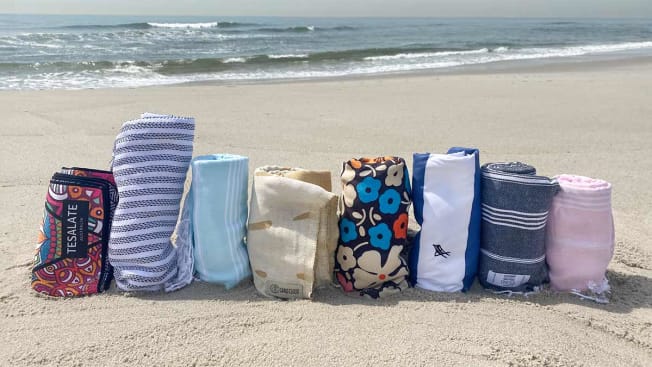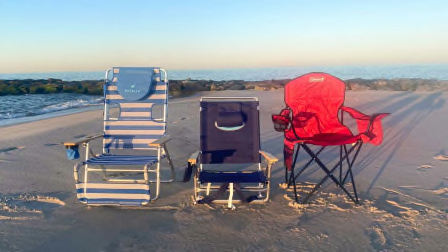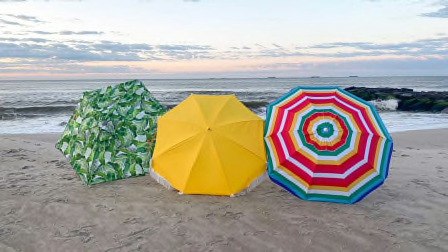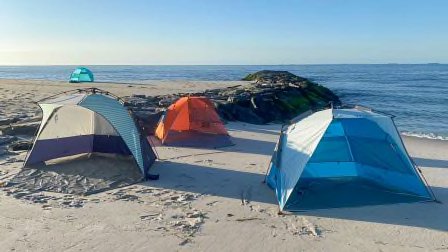Traditional beach towels don’t help us as they should—in fact, they trap sand in their long fibers, making it difficult to shake the sand loose before tracking it everywhere.
That’s why sand-repellent beach towels, specifically, are one of the best beach essentials, after snacks and sunscreen. Designed with materials that have shorter fibers and tighter weaves, these towels claim that they repel sand and help keep it from sticking to them, which means more time spent frolicking in the waves and less one-on-one time with a vacuum.
We evaluated eight popular beach towels to find out which repel the most sand when dry and when wet.
Since comfort and convenience are important considerations seaside, we also slipped into swimsuits and tried each towel at the beach to find out which were comfy to lie on or wrap around us after a dip in the ocean.
Finally, because lugging home sopping wet towels that can smell musty is no one’s idea of fun, we timed how long it took for each towel to fully dry.
The truth is, we enjoyed all the towels we tested, and they all repelled sand relatively well. Here are our favorites.





















